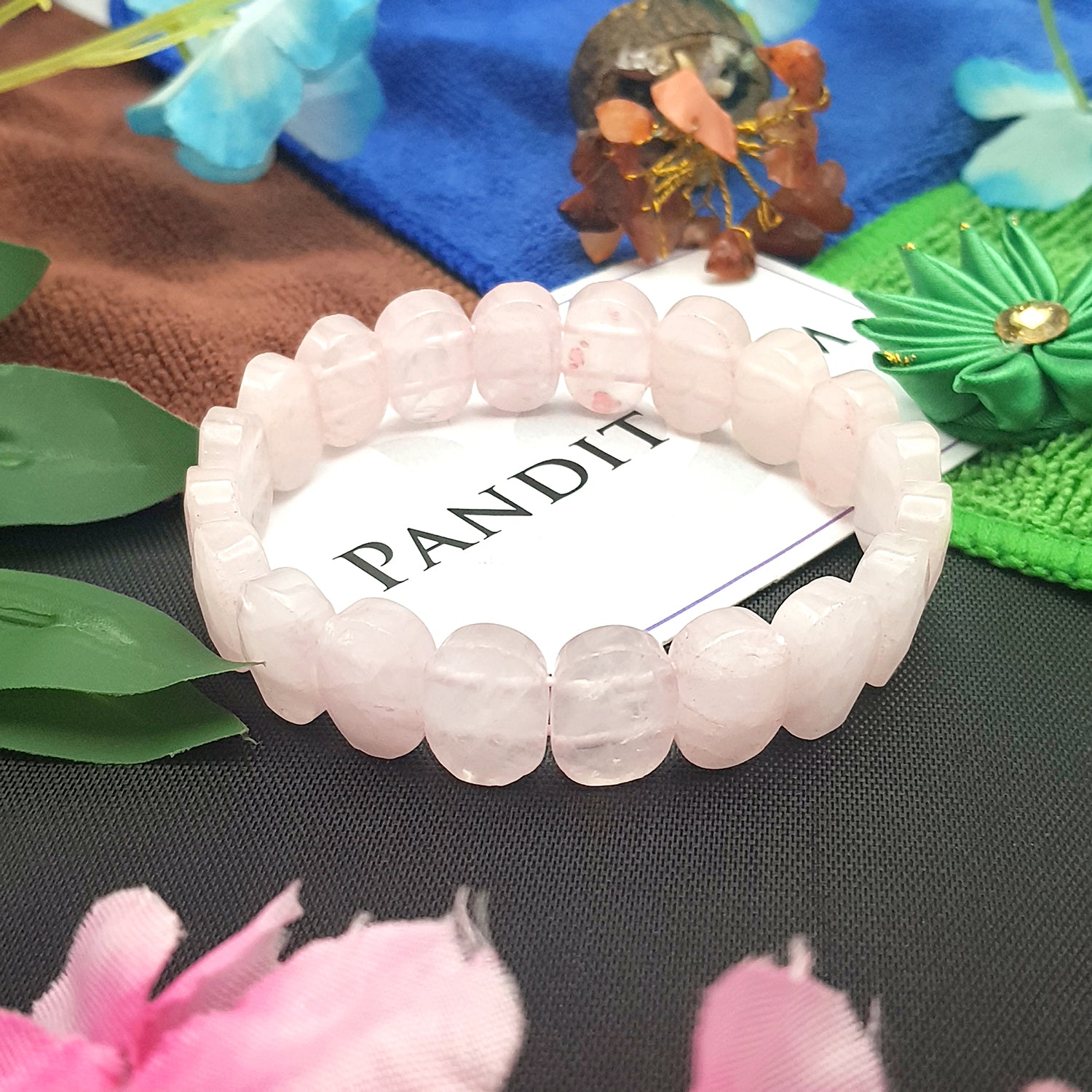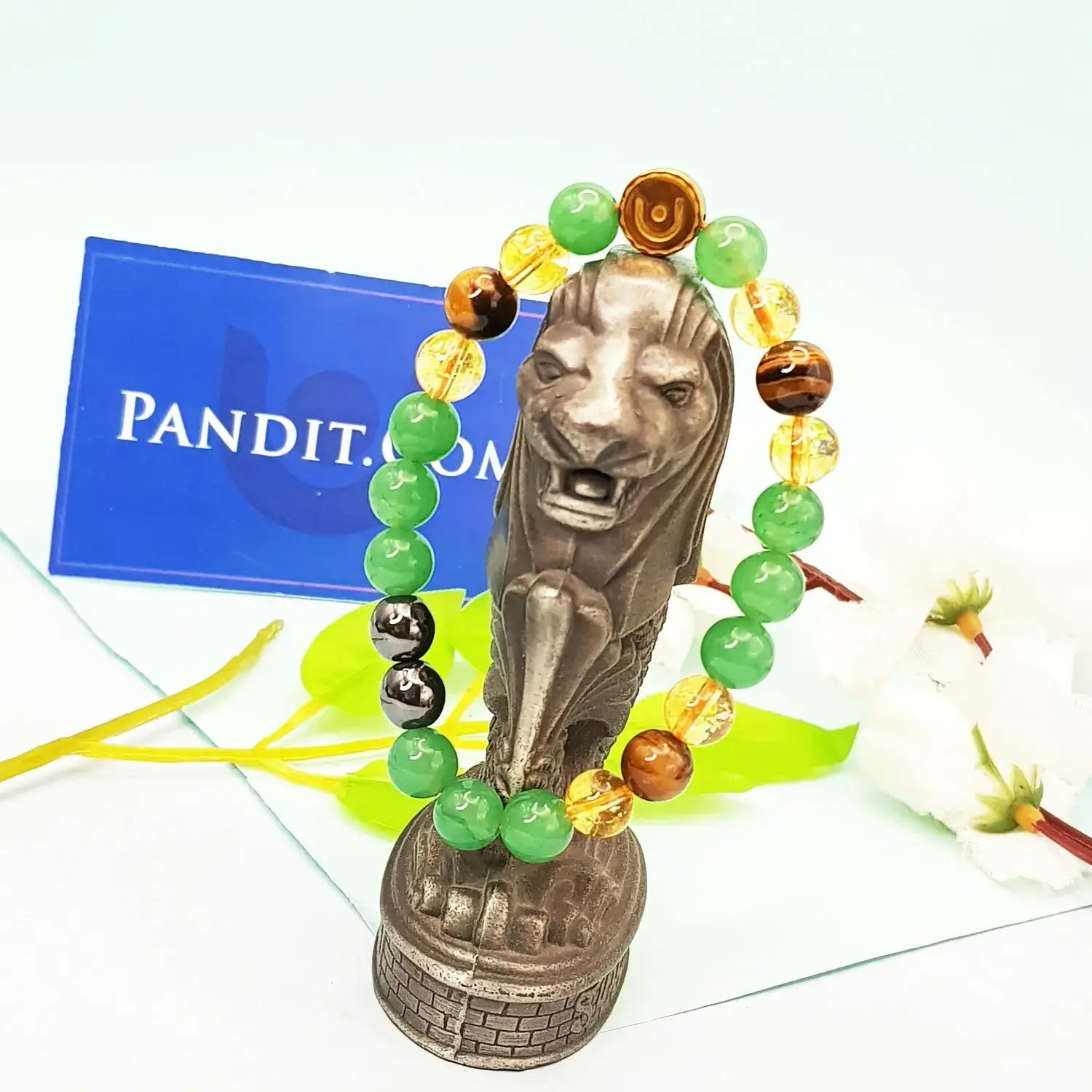
This festival is dedicated to the most sacred and auspicious river of our country, i.e., the holy river Ganga. Many people consider her to be their loved mother. It was on this day of the Hindu month, i.e., the tenth day or ‘Dashmi Tithi’, known as ‘Jayeshtha’ that Goddess Ganga came to earth. A ‘Suryavanshi’ king ‘Bhagirath’ did very hard penance to get her to the earth with the help of Lord Brahma and Lord Shiva in order to bless the souls of humans and to make them rectify their sins. Since then, this day is celebrated every year by Hindus and they perform several rituals for the celebration of this day. ‘Gangavataran’ or descending of river Ganga on Earth is considered as one of the most important historical event in our country. This festival of Ganga Dusshera is celebrated with great zeal and enthusiasm in the states of Uttar Pradesh, Bihar and West Bengal. The festivities last for ten days starting from the day of ‘Amavasya’ and ending on the day of ‘Shukla Dashmi’ in the month of May-June, according to the Gregorian calendar. It is believed that before coming to the earth, Goddess Ganga used to reside in Lord Brahma’s kamandal and thus, she brought the purity of heaven along with her on this earth.
River Ganga is considered as holy river and it is said that those who take a dip in its holy water, are able to eliminate the negative ‘Karma’ of their present and past life and purifies his/her soul. Goddess Ganga holds a special place in the heart of Hindus. It is sprinkled in the houses for purification, in the praying area before every major ‘pujan’ takes place so as to purify the area. Holy Ganga water is fed to the ones who are dying and are taking their last breaths. The importance of River Ganga can be expected by the simple fact that Hindus burn dead bodies as part of their last rites, and sprinkle the ashes of their dead in the Ganga so that their ancestors can attain ‘Moksha’.
‘Ganga Dusshehra’ connotes the defeat of ten sins and it is believed that those who pay their respects to River Ganga on this day will be able to eliminate ten sins that he/she has committed in the past of his/her life. A dip in the river can lead one to the path of salvation. Hundreds and thousands of pilgrims flock the various ‘ghats’ at Prayag, Haridwar and Rishikesh to take a dip in the holy water and take part in the evening ‘Aarti’ of the Goddess Ganga. River Ganga religiously holds a lot of value in the hearts of Indians who literally consider the river as their mother. It has been a crucial part in the development of our civilization from the day it has originated in the ‘Gangotri’ in the ‘Himalayas’.
What is the legend behind the celebration of Ganga Dusshera?
As per the legend, there was a king named Sagara. The king had two wives. One of the wives gave birth to one son while other gave birth to 60,000 sons. Once, the king performed Ashva Medha Yagya but the horse that was going to be scarified was stolen by Indra because of the fear of being dethroned. Indra
left the horse in the premises of ashram of Rishi Kapila. All the 60,000 sons of the king went out in search of the horse. By mistake, they thought that Rishi has stolen the horse. Because of this, the sage got angry and cursed them to be burnt in ashes. Then, the grandson of king Sagara, named Bhagirath, prayed Ganga for the salvation of his ancestors as he wanted to perform the last rites for his ancestors. Ganga asked for someone that could control her flow on earth otherwise it might result in destruction. For this, Bhagirath pleased Lord Shiva to control the flow of Ganga. Lord Shiva agreed to his penance and collected the flow of Ganga in his heavy matted hairs. From that day, Ganga began to flow from the hairs of Shiva on this earth. The reason why river Ganga is also called as Bhagirithi is that it was bought on this earth due to the severe penance done by Bhagirath to perform the last rites of his ancestors.
What rituals are to be followed on the sacred day of Ganga Dussehra?
- Devotees visit the holy river and take a dip in its pious water.
- They offer leaf boats containing ‘diya’, sweets and flowers to the river.
- Pilgrims chant Mantra, ‘shlokas’ and recite various hymns in the praise of Goddess Ganga.
- People get involved in the events of charity such as donating umbrellas, clothes, shoes to the needy people.
- In the evening time, devotees stand on the steps of various ‘Ghats’ and do the ritual of ‘Ganga Aarti’. It is a beautiful sight to see so many people immersed in devotion towards Goddess Ganga.
- Those devotees, who cannot visit River Ganga, offer their prayers to the deity at their place itself.
- They clean the praying area and place the idol or a picture of Goddess Ganga.
- Holy Ganga water is sprinkled in the whole house for purification.
- Devotees then do the recital ‘pooja’ in front of the idol.
- Lord Shiva is considered as the sole owner of the river Ganga and therefore special prayers are held this day to seek his blessings for getting success and well-being.
- King Bhagirath is also worshipped on this day. River Ganga is also called, ‘Bhagirathi’ because it was King Bhagirath who got her on the earth from the ‘Kamandal’ of Lord Brahma.
- It is a ritual to donate ten fruits, ten sweets and sesame seeds on this day.
























